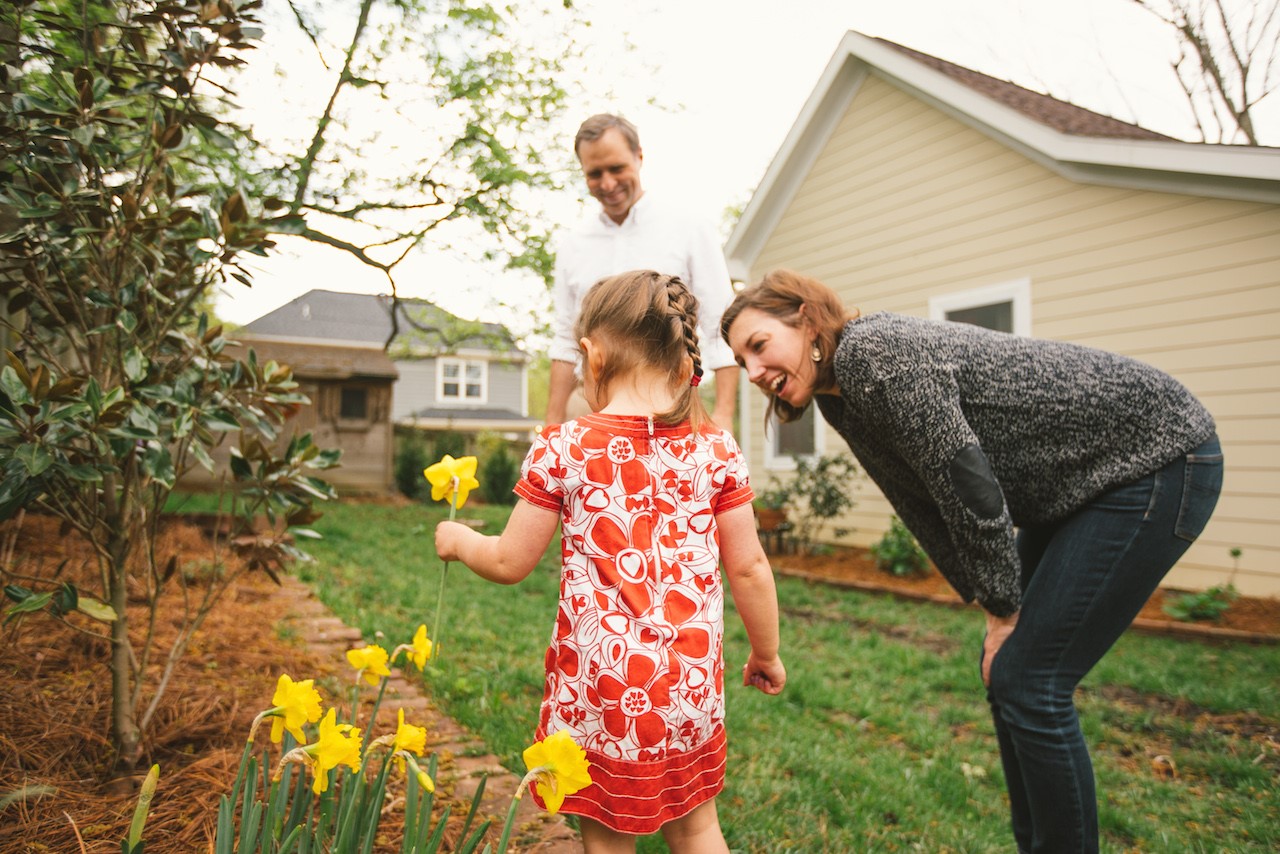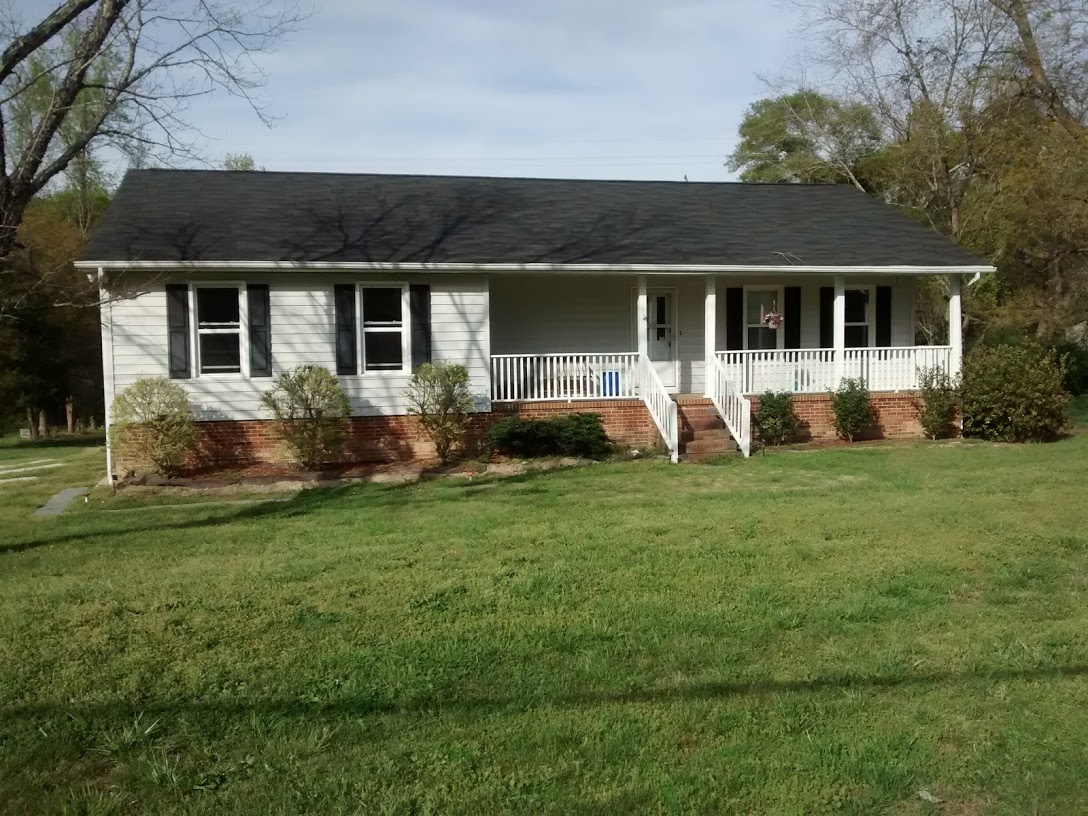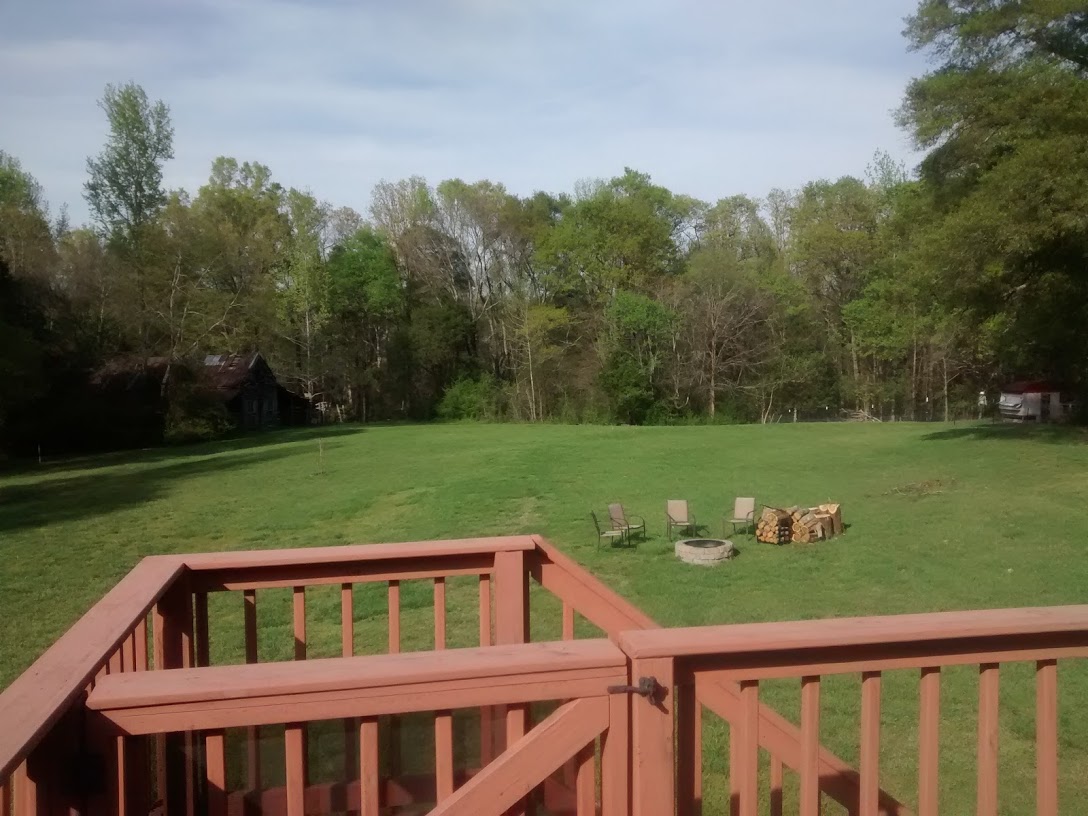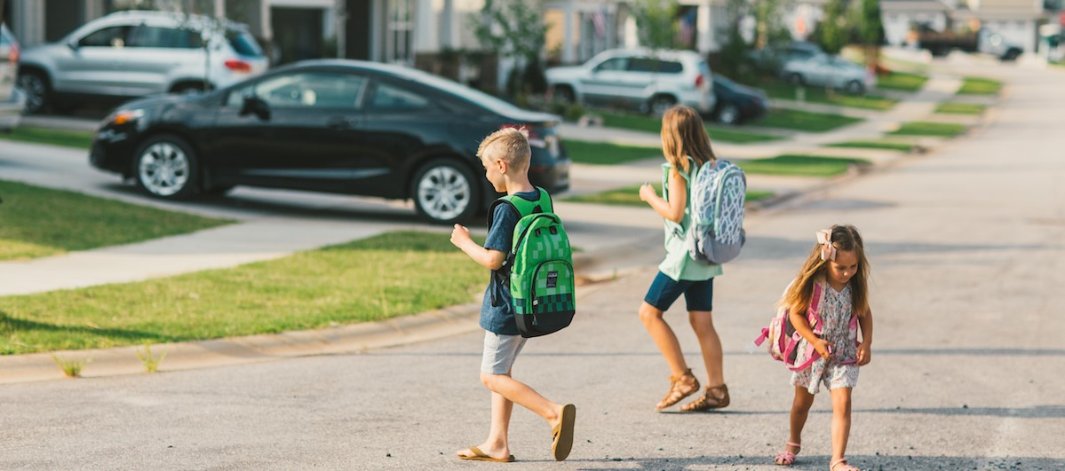What happened to new homes? Why Millennials love vintage.
Once inhabitants of the modern townhomes abundant in Charlotte's trendiest neighborhoods, Tobe and Monica Holmes aimed for charm and character when they looked to purchase their so-called "forever home."
They found a 113-year-old mill house in NoDa, the city's mill village turned arts and entertainment district. The house, with its French doors and wooden porch, was almost as eclectic as the neighborhood that has sprouted around it.
The ceilings were black. The walls were dark purple, almost burgundy. A back room was painted sun yellow. And the furniture was "over-the-top" (life-sized nude statue lamp, anyone?).
"It was like Elton John had lived here," said 34-year-old Monica Holmes, an urban planner with the city of Charlotte. "Drapes, everywhere. Furniture, everywhere. Big pieces of artwork. It was crazy but it was in our price range."
They may be onto something.
Data released last month by the National Association of Realtors suggest some millennial homebuyers prefer older, pre-owned homes over newer ones with higher price tags.
Then in their late 20s, the Holmes' wanted to pay, at most, $250,000 for their home. They spent about $230,000 for the house that's only a left turn away from the heart of NoDa and a medley of restaurants, shops and art galleries.
"Once you get used to being able to walk to things, you don't want to live somewhere you can't," Monica says.

Today, they're raising their two daughters — 3-year-old Laurel and 1-year-old Mae — in a home that still retains its century-old hardwood floors and wall trimmings.
But it's a constant work-in-progress. They've added about 800-square-feet of additional space to the house, creating five more rooms in the process. They modified a bathroom so its ceilings are higher, its walls, brighter (they were purple, too), and now it has a window.
Next on the list: Remodel the kitchen and add a spring porch.
It's a lot of work but the Holmes family likes the flexibility — and creativity — their old house affords.
"I think one of the beauties of the house is that (although) it needs a lot of work, you can customize it," says Tobe Holmes, a planning and development director at University City Partners, which spurs economic development in the area around UNC Charlotte. "I think that's a big bonus for us, the character."

'Carving their own path'
At 35 percent, millennials (adults ages 18 to 35) made up the largest group of homebuyers last year, according to National Association of Realtors research, and "the younger the buyer, the older the home they purchased."
Millennials composed 21 percent of the homebuyers who bought houses constructed between 1912 and 1959, and 5 percent of buyers who purchased homes built before 1911. That's more than any other generation surveyed, according to the data.
There could be a couple of reasons for that. One, older homes require a little more energy and hands-on attention. And in a time when craftsmanship and artisan trades are making a big comeback, putting your stamp on something all your own is very attractive to young people, said Elizabeth Finkelstein, founder of CIRCA Old Houses, a website that curates and lists historic homes for sale.
"I think millennials are definitely interested in being their own people, in being individuals and carving their own path," she said. "Your home is the ultimate expression of that."
Millennials may also keep sustainability in mind when opting to move into an older home.
"There's a sense of preserving what's already there; working with what we already have and what we've already been given and making it work," Finkelstein said.
But never too far from any homebuyer's thoughts is the potential pinch in their wallets. Experts say millennials are less likely to buy newer homes than their older counterparts because they've accumulated less wealth.
"Typically, existing homes are cheaper," said Adam DeSanctis, the NAR's economic issues media manager. "Especially since the recession, a lot of the new home building for single-family homes has been on a higher end."
And because homes at least 30 to 40 years old probably need some kind of work done, younger buyers might be able to purchase them at lower or discounted prices, DeSanctis said.

Good price, more space
Enter Samantha and Philip Knowlton, who spent the first year of their marriage living in an apartment in Fort Mill, S.C., a fast-growing suburban town outside of Charlotte.
In January this year, they purchased a 34-year-old house in a tiny unincorporated community of mostly woods and farmland in upstate South Carolina.
Samantha is 23. Philip is 24. And though they're farther away from family, friends and urban amenities, their move to the country is a long-term investment they say came at a reasonable price and with lots of space.
The house, which has four bedrooms and three full bathrooms, sits on 2 acres of grass. Another 5 acres of woods — all part of the Knowltons' property — is in the back.
The couple paid $164,500 for it all, below their $165,000 price max.
"I feel like we got the same amount of house for a lot less money than we would have in a crackerbox community," she says.
They intentionally avoided homogenous homes and subdivisions.
"We didn't like how small the lots are to those houses," Samantha says. "That, and HOA fees didn't make a whole lot of sense for us — paying somebody to make rules about what I can do to my house."

With no limitations, the Knowltons plan to expand their back deck, create a campsite in the woods, dig a bonfire pit and start a vegetable garden.
"I have to keep reminding myself that I own the place — I don't have to give it back to someone at the end of the lease," she says. "It's amazing."
Endless projects
There's a lot to like about an older home: The character, the architecture, the longevity. But buyer beware: There could also be a lot to fix.
Just ask Monica and Tobe Holmes.
"I think almost everything needed something," Tobe Holmes said of moving into the house in NoDa. "It was completely livable but there were a lot of quirks with it. The projects are endless."
Over time, the Holmeses tailored the house to their liking, hiring contractors in some cases, and doing some of the work themselves. Tobe Holmes shares this advice: Buy the right tools for do-it-yourself projects, use YouTube for how-to videos and work on one project at a time if you're paying cash
"You have to waive immediate gratification," he says. "It'll take time."
Tips for buying older or historic homes
- Get a formal inspection from a qualified inspector who specializes in older homes.
- Make sure the house meets safety and health standards — as in, devoid of lead-based paint or asbestos.
- If living in a home with a historic designation, get familiar with restrictions and limitations placed on renovations, such as adding footage and extra stories or changing windows, shutters and roofs.
- Study the federal Standards for Rehabilitation of Historic Buildings, a guideline of what features of a historic home must be preserved.
- If living in a historic district, find out the rules for remodeling. Also, find out if the house qualifies for any special tax breaks.
Source: Realtor.com
How to finance your vintage makeover
- FHA 203(k) Standard and Limited loans can cover minor and major repairs for homebuyers and current homeowners.
- A HomeStyle® Renovation* mortgage includes renovation costs in one loan to purchase or refinance.
- A HomeStyle® Investor* loan covers single unit properties with all renovation work allowed.
- If your home has built enough equity, you can take out a home-equity line of credit – an additional loan based on your home's value that can help foot the costs for renovations.
*Not available in New York.


